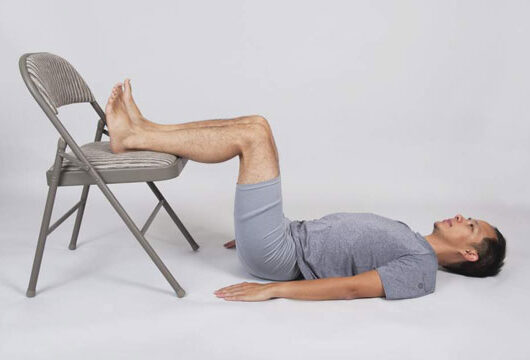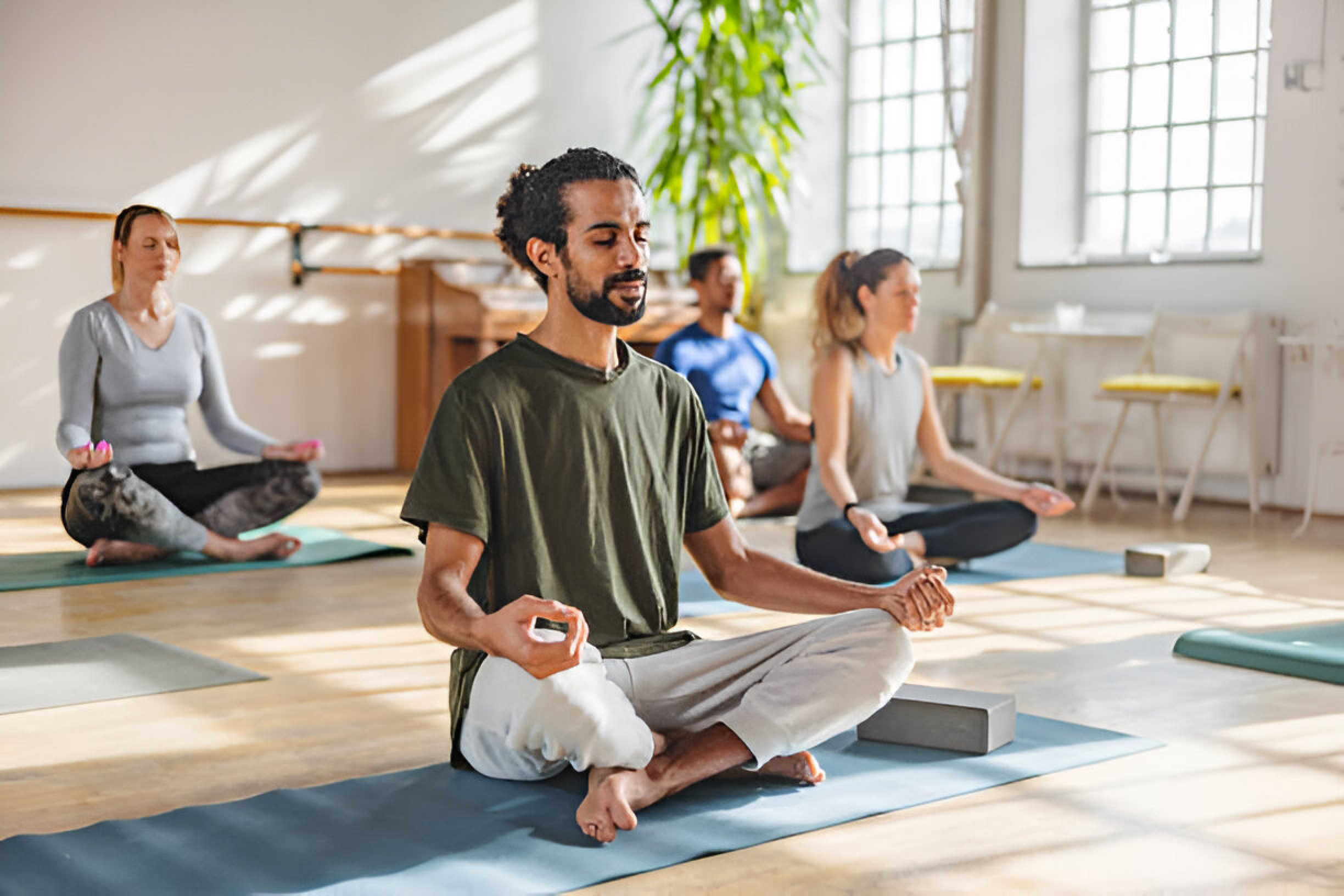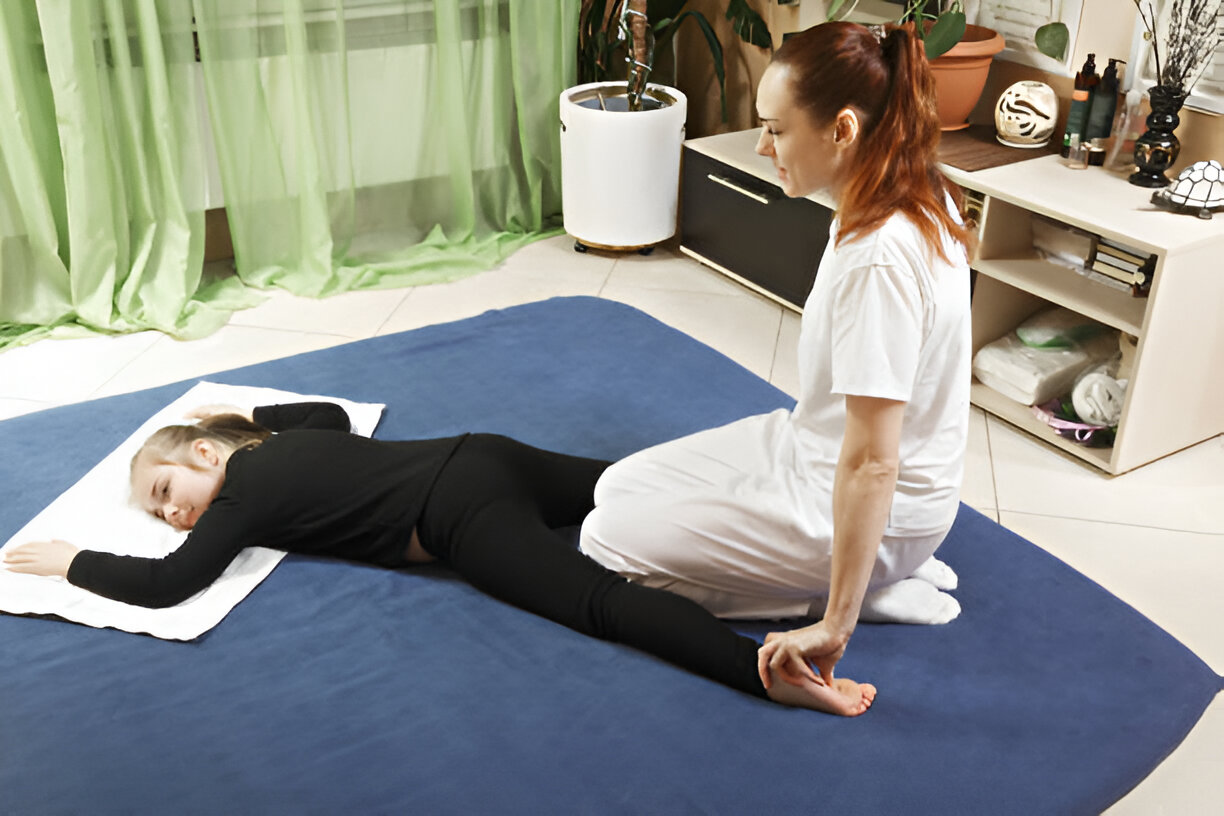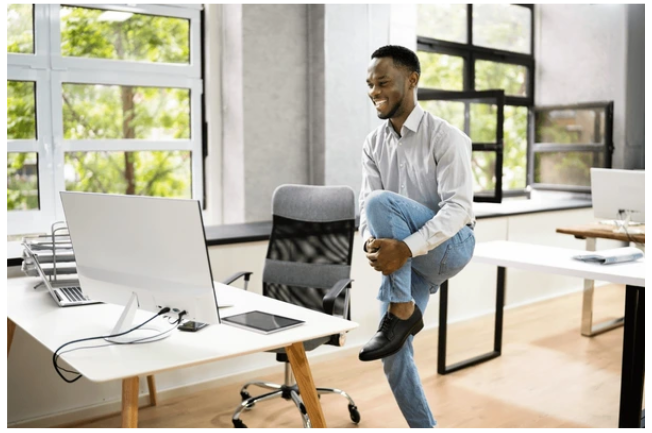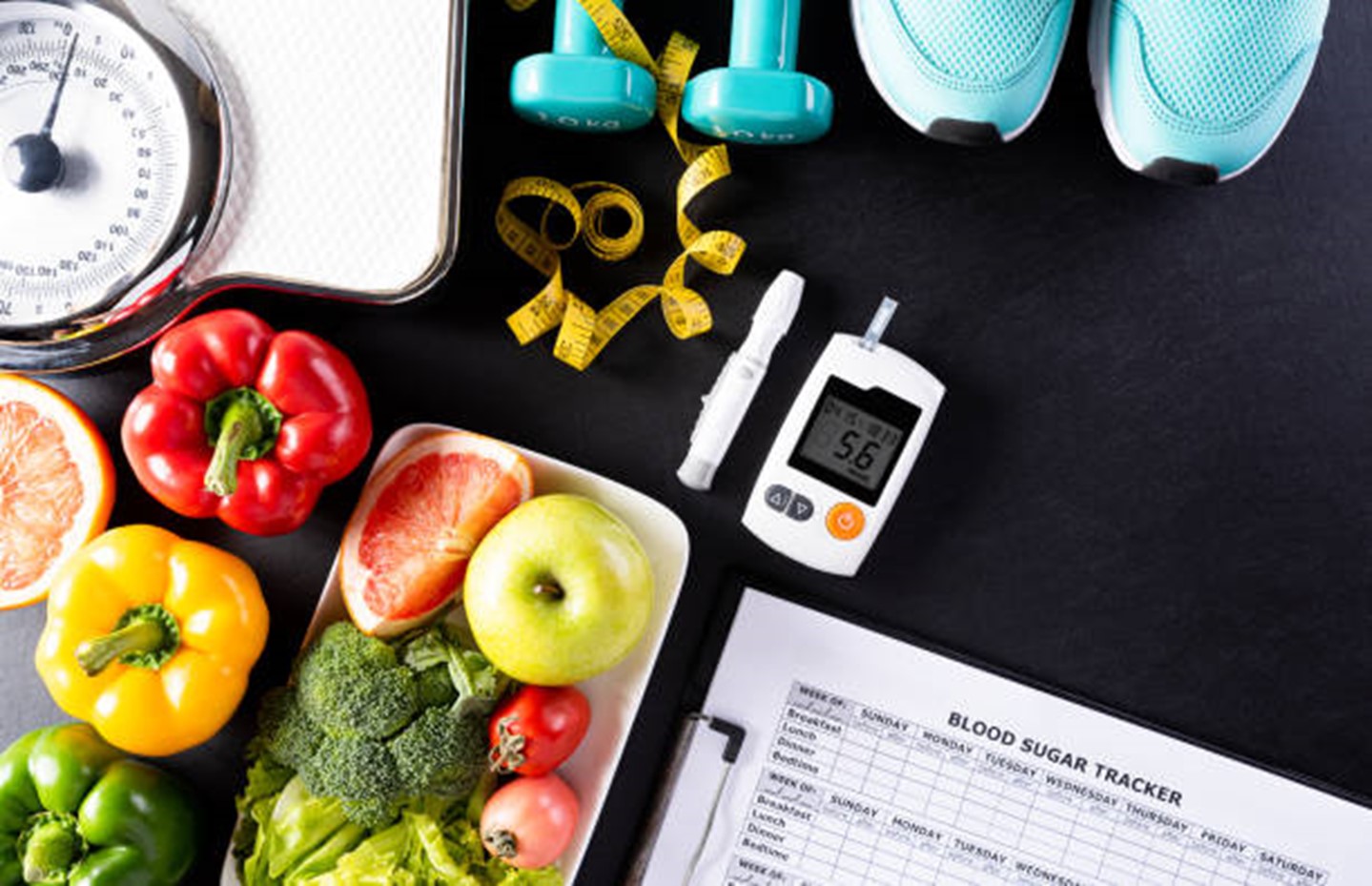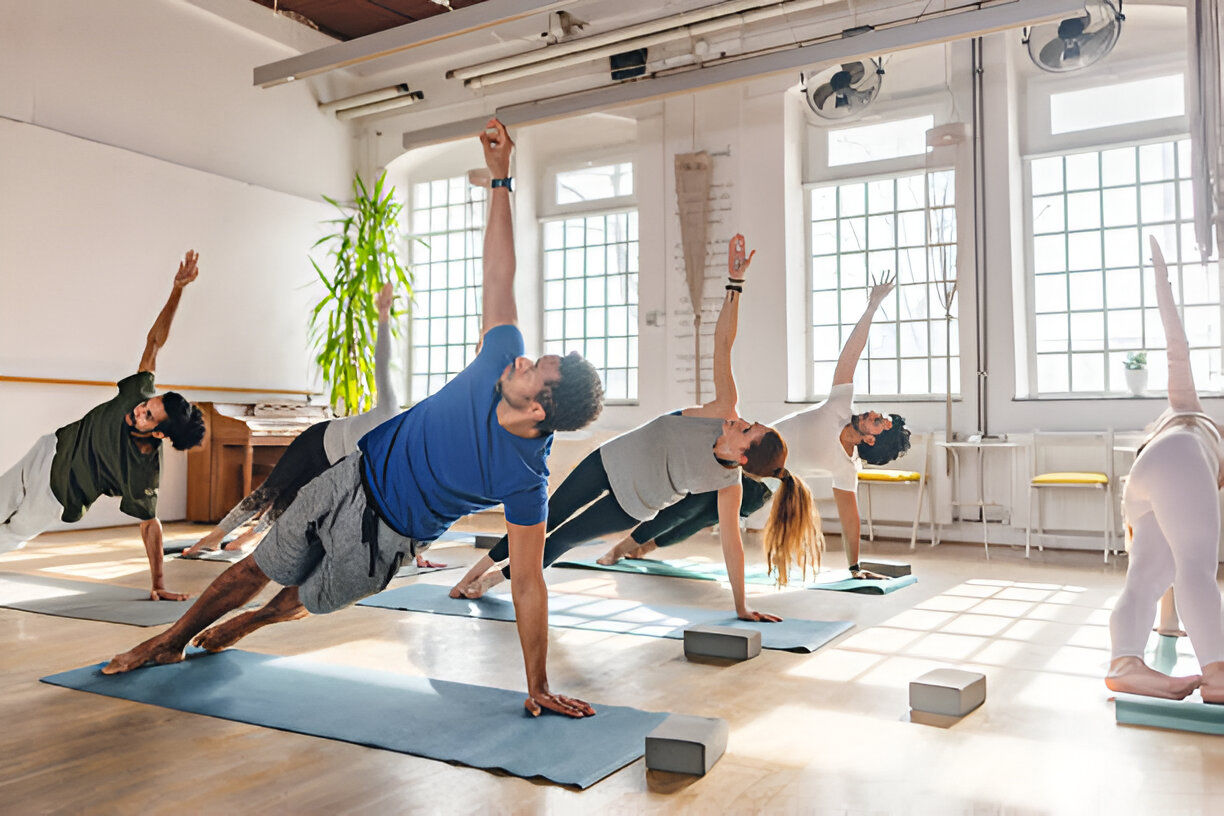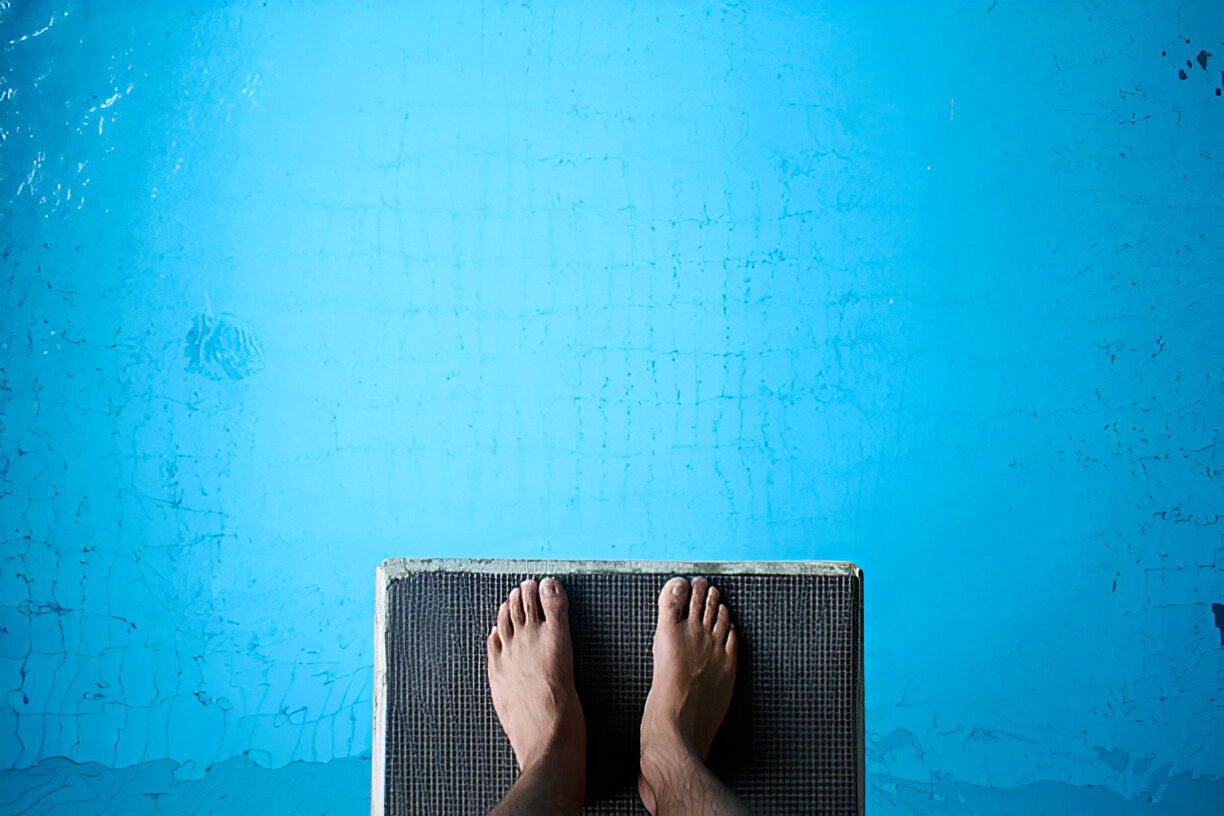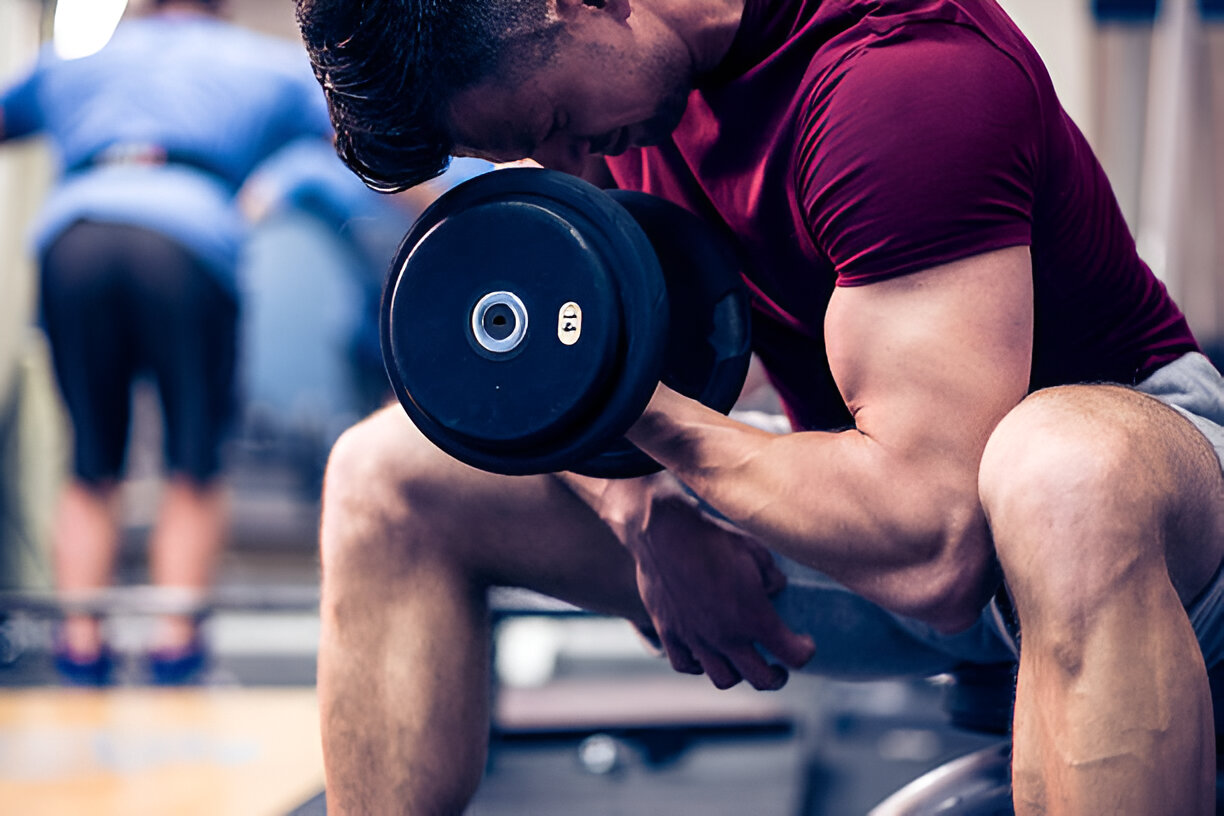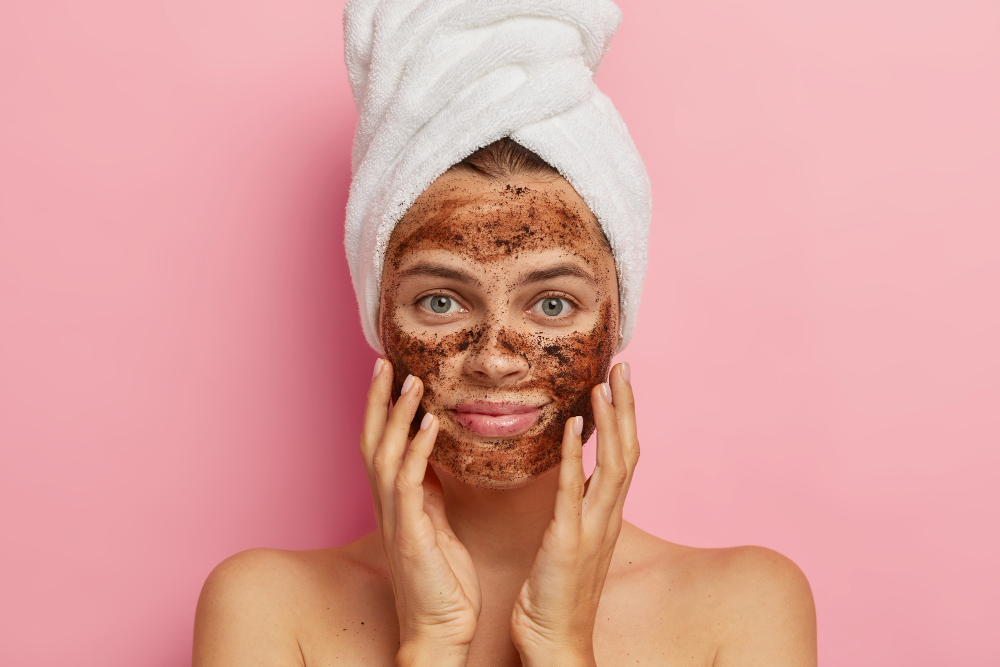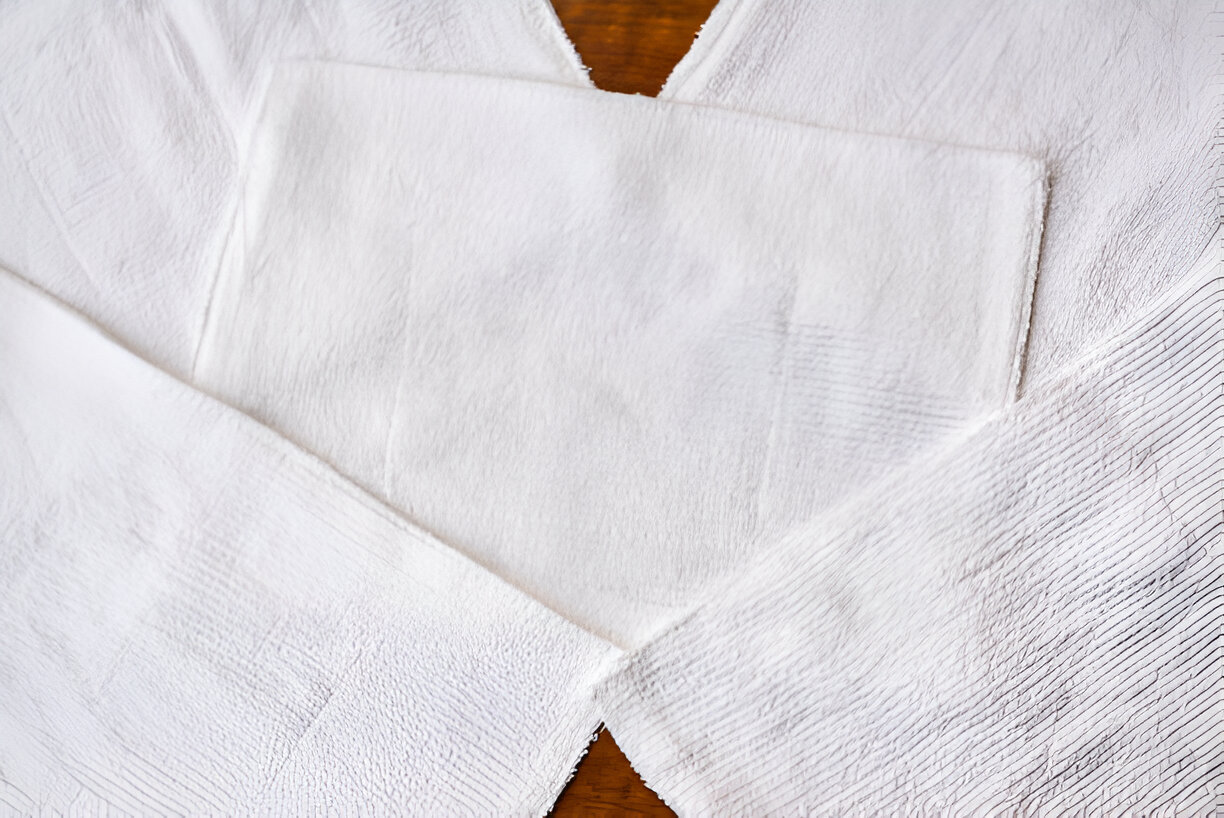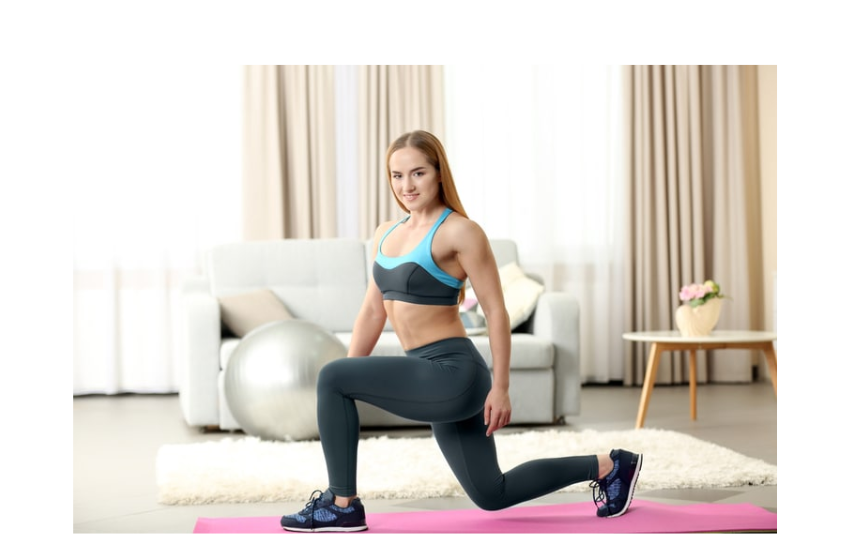In This Article
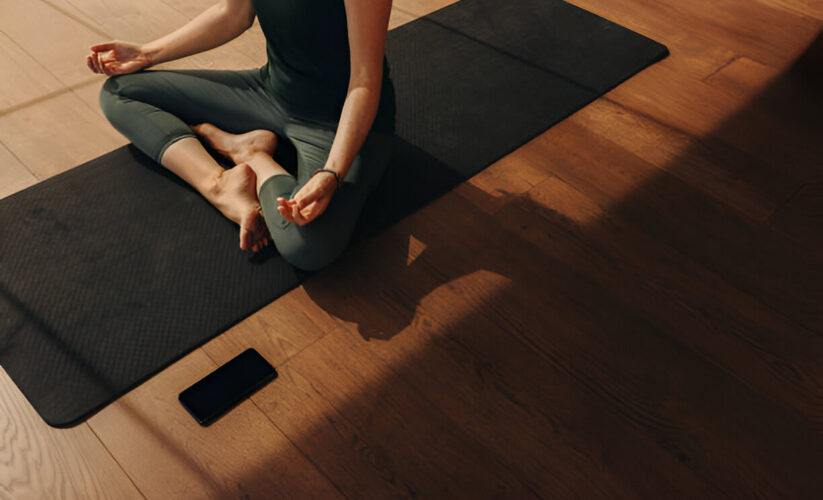
When your world feels topsy-turvy, yoga wisdom suggests you shift your perspective and turn things upside down.
For relaxation and restoration, all yoga poses are not created equal. Inversions — any pose that gets your heart or feet above your head — have an “amazing capacity to enliven your body, mind, and spirit,” says Stan Woodman, yoga teacher trainer and co-owner of Kaia Yoga in Greenwich, Connecticut. They may even strengthen your disease-fighting capabilities by improving the flow of lymphatic fluid. “The lymphatic system, which transports immune cells and clears waste throughout the body, can become stagnant when we sit too long,” says Cathy Wong, N.D. While any exercise will help move lymph along, yoga experts swear by the power of inversions. These poses also help blood from the lower body travel back to the heart effortlessly — giving that perpetually on-call muscle a break. Mentally, emotionally, and psychologically, they change your perspective and build confidence.
One of the oldest yoga texts — the “Upanishads” — says, “One, who practices headstand three hours daily, conquers time.” As in, never dies. And even if you can't hold a headstand for one minute (let alone three hours), you can reap the benefits of challenging gravity by doing gentler inversions, Woodman says. Give the following poses a try and watch your outlook — and your health — turn around.
Bottoms Up
We've handpicked a few inversions to heal what ails you. Note, however, that inversions are not recommended if you have high blood pressure, heart conditions, or glaucoma, or if you're pregnant, says Wong. Always try to get instruction directly from a yoga teacher.
Supported Shoulder Stand into Plow
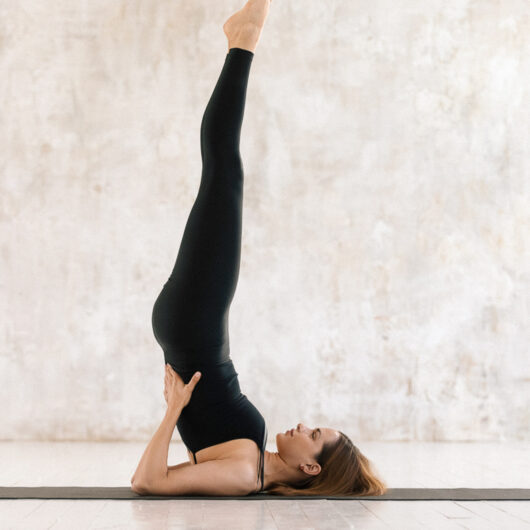
What it Does
Releases tight hip flexor muscles, which can constrict the digestive organs. Calms the nervous system and relieves stress.
How to Do It
Lie on your back with your knees bent into your chest. Lift your hips and place your hands on the lower back with fingers pointing up, resting hips on your hands. Straighten your legs until your toes are over your eyes. Hold one minute. Remain here or continue to Plow. To get into the Plow, bring your legs over your head until your toes rest on the floor. Press your thighs up toward the ceiling and gently bring your hips back over your shoulders. Hold one minute.
Legs Up the Wall
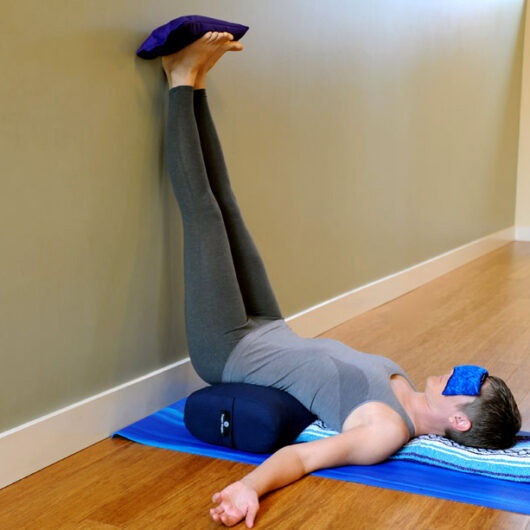
What it Does
Calms the nervous system, quiets the mind, and releases tension from the feet, backs of the legs, spine, shoulders, and neck. (This is the inversion most recommended for pregnant women.)
How to Do It
Sit on the floor with your right hip and shoulder close to a wall. Lie down on your left side, then roll onto your back and extend your legs straight up to rest on the wall. Place arms on the floor at your sides with palms up. Use a folded blanket under your hips for added lift and a slightly more intense inversion. Relax here for up to 10 minutes.
Legs Resting on Chair
What it Does
Boosts the flow of blood from the feet to the heart and quiets the mind. Also frees the hips and lower back, which bear the brunt of too much sitting.
How to Do It
Lie on your back and place your lower legs on a chair, stool, or low table so your shins are parallel to the floor. Lay your arms on the floor alongside you with palms facing up. Close your eyes and rest for up to 10 minutes.
Dolphin Plank
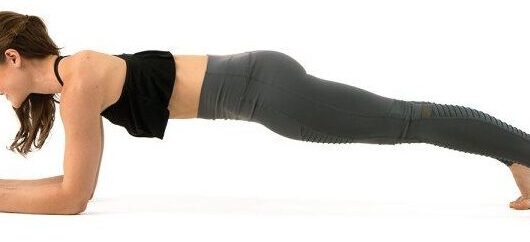
What It Does
Improves shoulder and core strength
How to Do It
Start on hands and knees. Place forearms on the floor and walk feet back until head, shoulders, and hips are in one even line. Align shoulders over elbows and look down at your hands so your neck stays long. (When you can hold any of these poses for 10 breaths, you're ready for the next step.)
L-Shaped Headstand
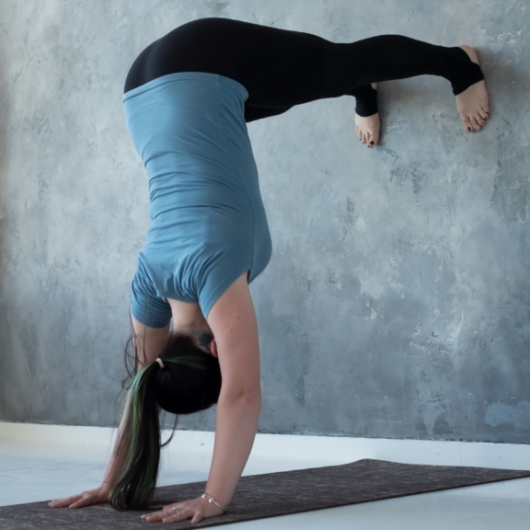
What it Does
Builds confidence in the pose
How to Do It
Start on hands and knees with toes touching a wall. Clasp your hands and use your forearms for support as you put the crown of your head on the floor. Straighten legs, lift hips, and put one foot on the wall at hip height, then follow with the other. Hold for 10 breaths.
Egg-Shaped Headstand
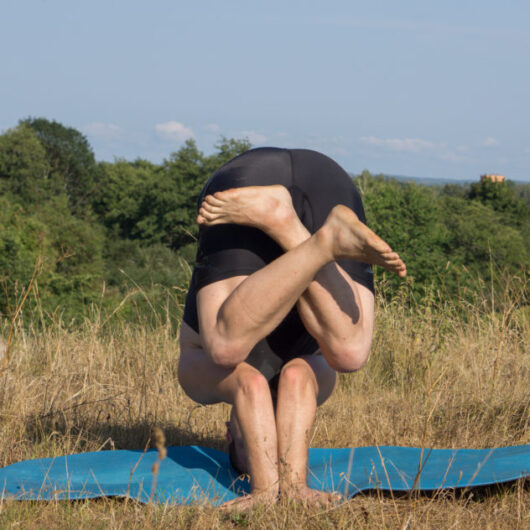
What It Does
Allows you to practice balancing on your head
How to Do It
Interlace fingers and put the crown of your head on the floor, cradled in clasped palms. Lift hips and walk toes toward your head, then slowly lift one leg at a time, keeping knees bent into your chest. Hold for up to 10 breaths.
Headstand
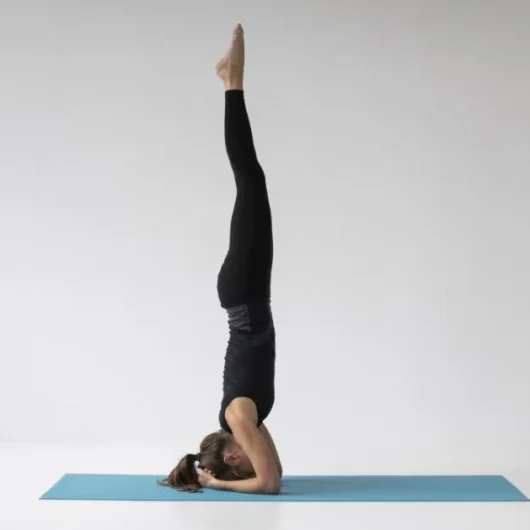
What It Does
Strengthens core, back, legs, and arms, and calms the nervous system.
How to Do It
Once you can balance comfortably in an egg-shaped headstand, extend your legs. Most of your weight should be on your forearms and not on your head. Hold for a few breaths and work your way up to three minutes in this position. Come down by bending your knees into your chest, then lowering one foot at a time to the floor.

